1. Leather
"Genuine leather" is a common word in the leather products market, and it is a customary name for natural leather to distinguish synthetic leather. In the minds of consumers, "genuine leather" also has a non-fake meaning. Animal leather is a kind of natural leather, which is what we often call genuine leather. It is a leather material with various characteristics, strength, hand feeling, color and pattern made from animals (raw hide) after tanning and processing in a leather factory. It is an essential material for modern leather products.
The processing process of genuine animal leather is very complicated, and dozens of processes are required to make finished leather: raw hide----soaking in water----fleshing--degreasing----hair removal----soaking in alkali-- --Expansion----Deliming----Softening----Pickling----Tanning----Splitting----Shaving----Retanning----Neutralization- ---dyeing--oiling-----filling-----drying--finishing--finishing--finished leather. There are also many types. According to the materials, the common ones are sheep leather, cow leather, horse leather, snake leather, pig leather, crocodile leather, etc. According to the performance, it can be divided into two-layer leather, full grain leather, suede leather, modified Surface leather, film leather, composite leather, finished split leather, etc.
Among them, cowhide, sheepskin and pigskin are the three major types of leather used in tanning.
2. Regenerated leather
It is made by crushing various animal skins and leather scraps, and then blending chemical raw materials. Its surface processing technology is the same as the trimmed leather and embossed leather of genuine leather. It is characterized by neat edges, high utilization rate, and cheap price; but the leather body is generally thick and weak, so it is only suitable for making cheap briefcases and trolley bags. Shaped craft products such as cue covers and par belts have uniform fiber structure in the longitudinal section, and the coagulation effect of fluid mixed fibers can be recognized.
3. Artificial leather
Artificial leather is also called imitation leather or rubber, which is a general term for artificial materials such as PVC and PU. It is made of different formulations of PVC and PU foamed or coated on a woven cloth base or a non-woven base. Patterns and other requirements are processed, and it has the characteristics of a wide variety of designs and colors, good waterproof performance, neat edges, high utilization rate and relatively cheap price compared with real leather.
Artificial leather is a kind of material that has been very popular in the early days until now, and is widely used to make various leather products, or some genuine leather materials. Its increasingly advanced production technology is being widely used in the processing and production of split leather. Nowadays, artificial leather with characteristics similar to real leather is available on the market. Its surface technology and fibrous structure of the base material almost achieve the effect of real leather, and its price is comparable to that of domestic first-layer leather.
4. Synthetic leather
Synthetic leather is a plastic product that simulates the composition and structure of natural leather and can be used as its substitute material. The surface is mainly polyurethane, and the base material is non-woven fabric made of synthetic fibers such as polyester, cotton, and polypropylene. Its front and back are very similar to leather, and has a certain degree of air permeability. It is characterized by beautiful luster, not easy to mold and insects, and is closer to natural leather than ordinary artificial leather.
There are many varieties of synthetic leather. In addition to the common characteristics of synthetic fiber non-woven fabric base and polyurethane microporous surface layer, all kinds of synthetic leather have different types of non-woven fabric fibers and processing techniques. Synthetic leather has a smooth surface, a uniform thickness, uniform color and strength, and is superior to natural leather in terms of waterproof, acid and alkali resistance, and microorganisms.
How can leather types be divided
Explore our products
-

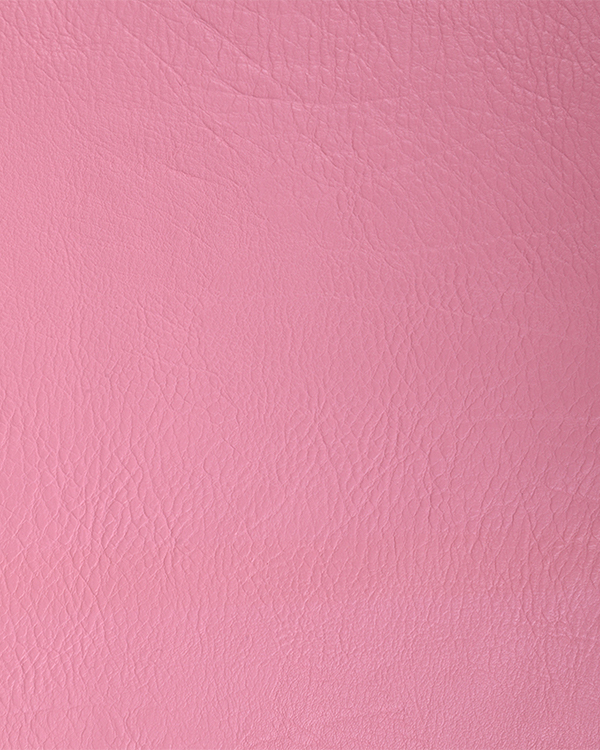
Color TC bottom water-based artificial leather
-

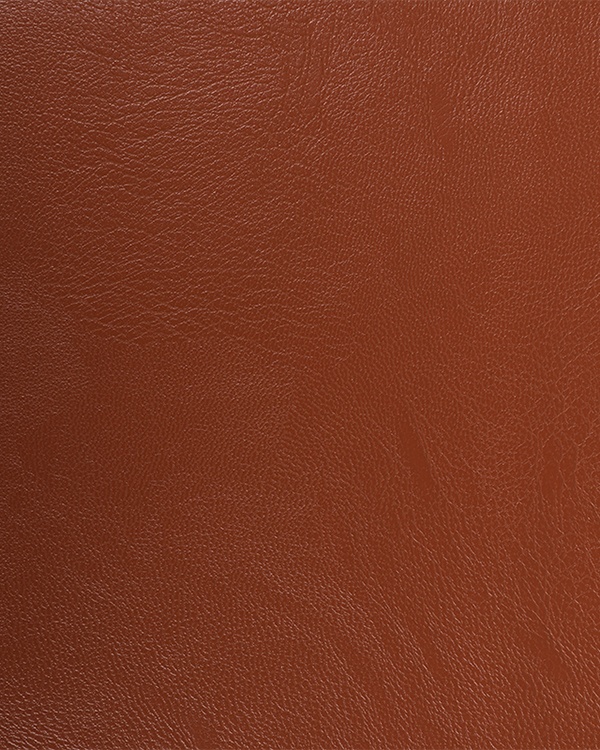
Cordyceps recycled artificial leather TC bottom
-

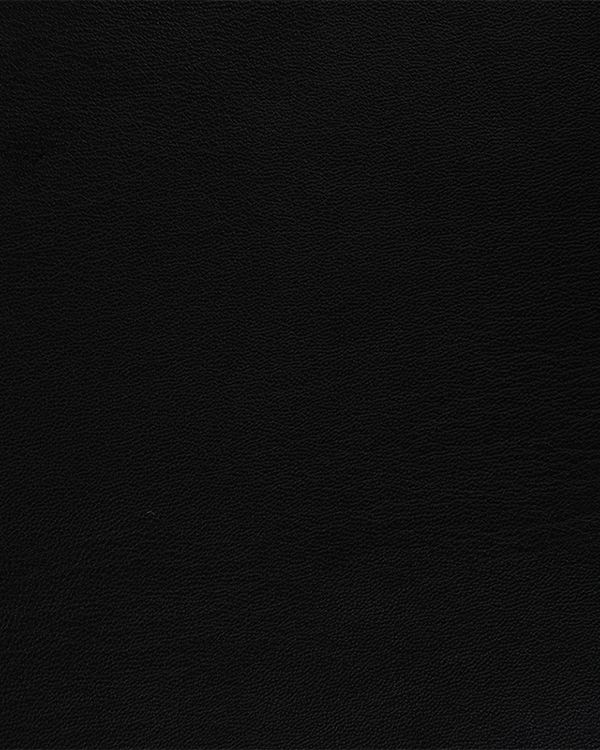
High F imitation protein artificial leather
-

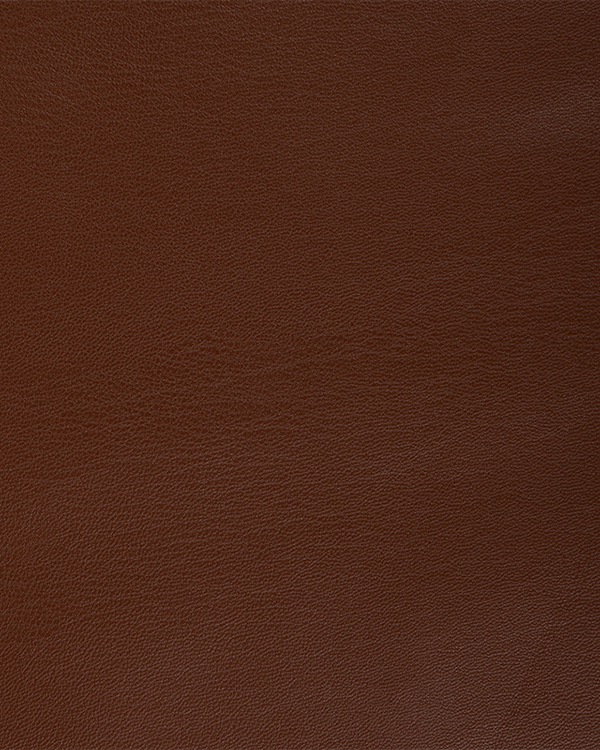
Chamois protein recycled Regular artificial leather
-

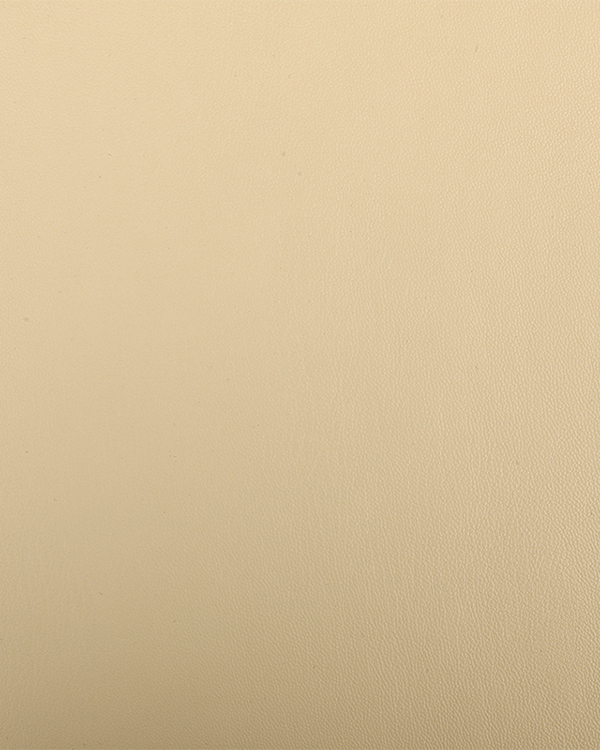
Raised bottom water-based artificial leather
-

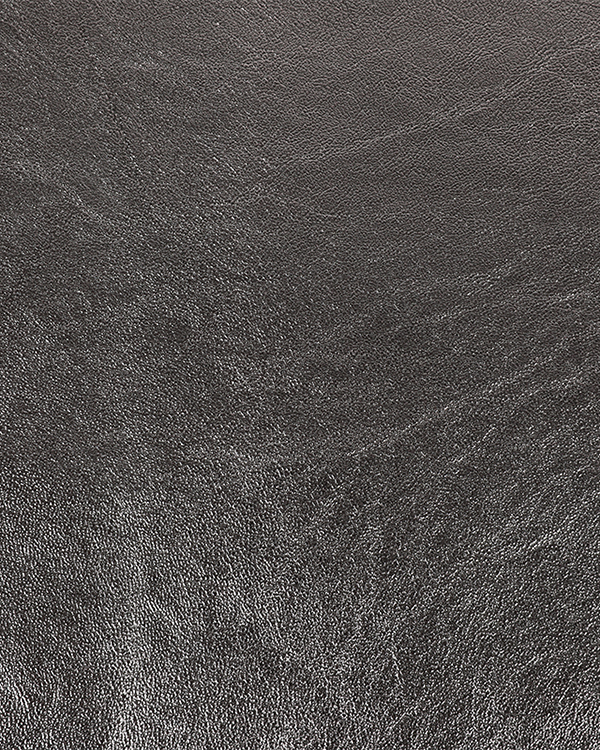
Glossy environmentally friendly recycled artificial leather
-

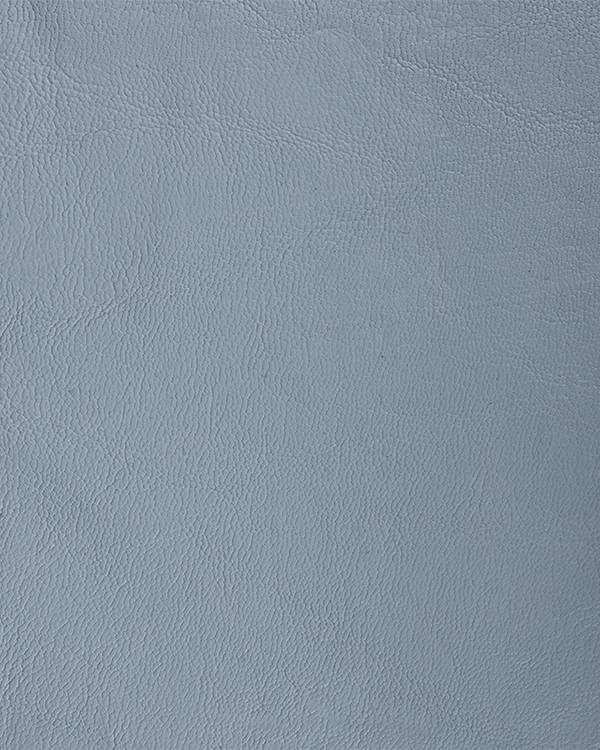
Sofa bottom environmentally friendly artificial leather
-

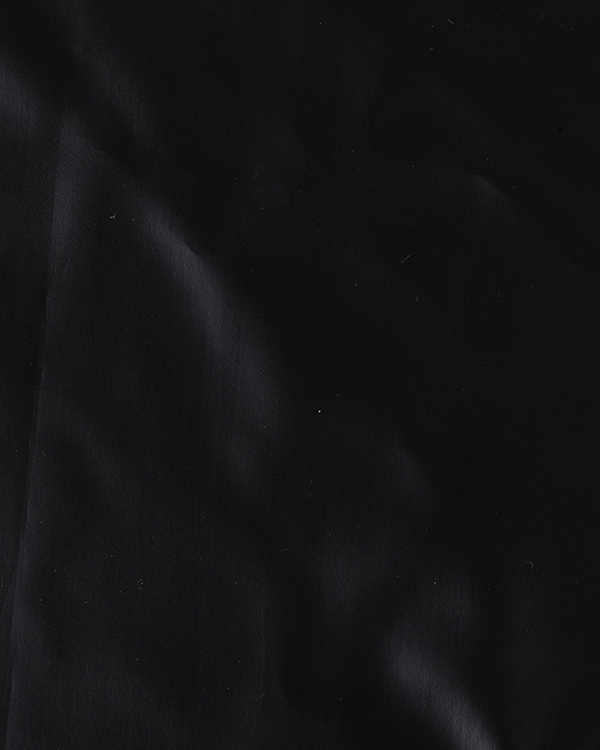
Coated pongee recycled water-based artificial leather
-

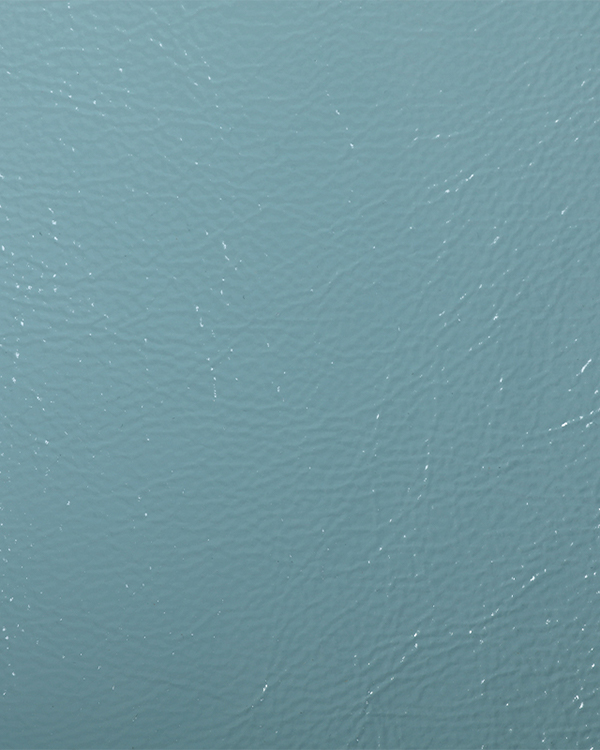
Matte velvet environmentally friendly artificial leather
-

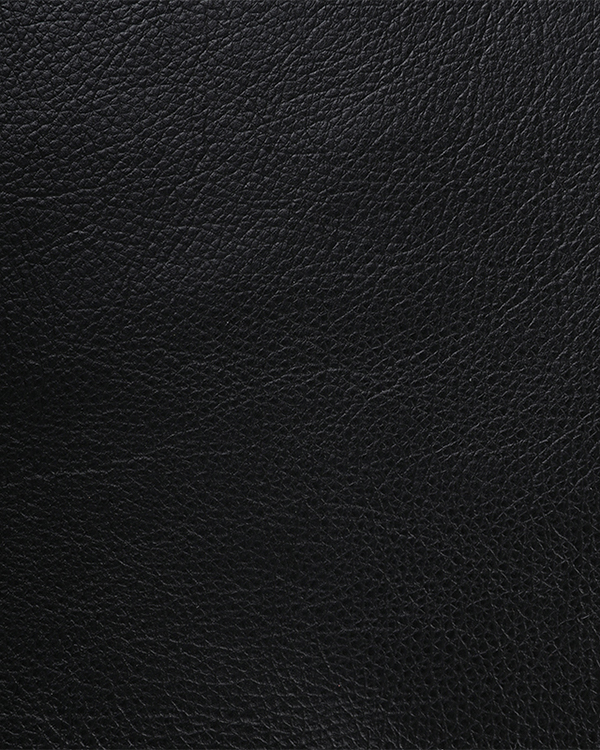
Polar fleece recycled artificial leather
-

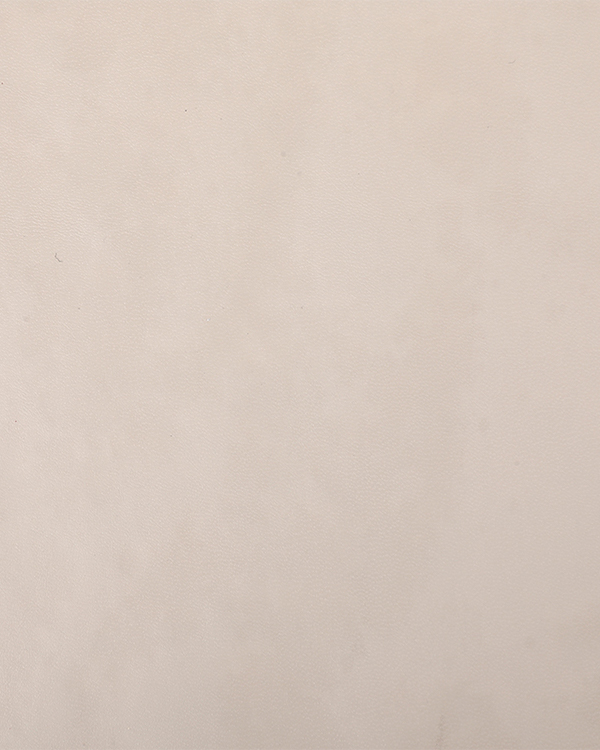
Knitted bottom water-based artificial leather

 English
English Español
Español